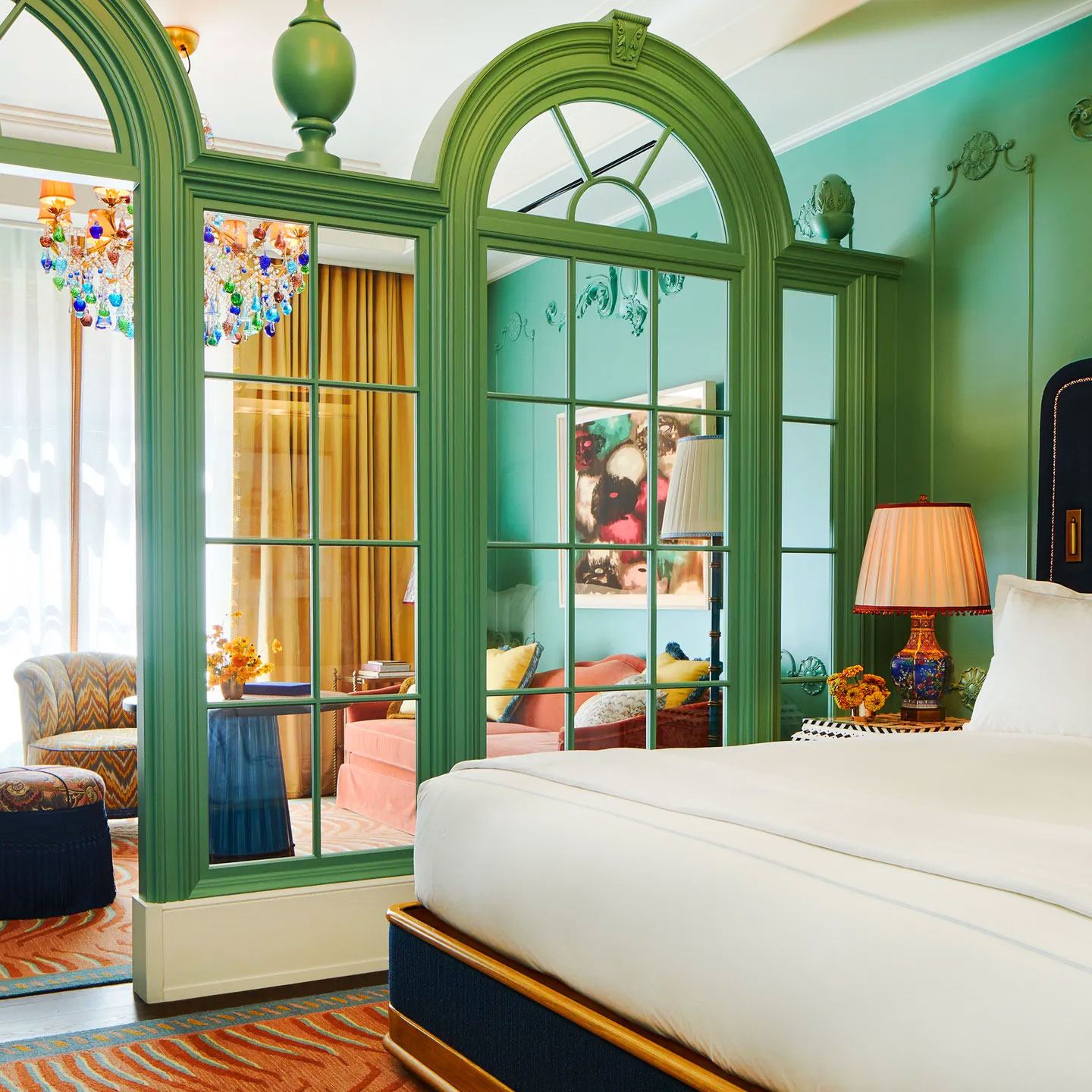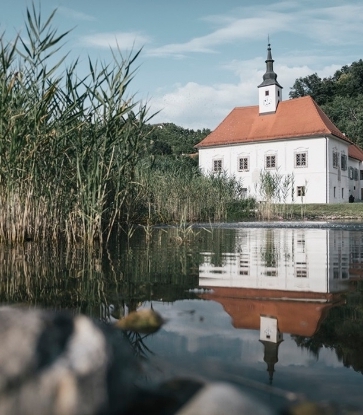Travel is all about discovery — about getting out there and finding the most rewarding experiences in an exciting new corner of the world. At the following hotels, you get a head start. Just a small sample of our hotels in New York City, they are the total hospitality package: one of the world’s great hotels and one of the world’s great restaurants, together in one place.

11 Howard
Soho
Among our most booked hotels in 2024, 11 Howard embodies today's upscale SoHo. Here, contemporary Scandinavian design meets a formidable local art collection, and rooms draw heavily on the cozier currents of Danish design for a highly memorable look. The restaurant, Le Coucou, sports a MICHELIN Star.
Read about the restaurant: Le Coucou

The Fifth Avenue Hotel
NoMad
This Two-MICHELIN-Key hotel builds on its 1907 Renaissance-style building by the original Penn Station architects with fantastically colorful and ornate rooms and suites. From the humblest queen room all the way up to the signature suites — one named for Baudelaire — the accommodations are rich with detail and full of high-end comforts.
Read about the restaurant: Café Carmellini

The Hoxton, Williamsburg
Williamsburg
The Hoxton brand, established in London's Shoreditch, is known for affordable, stylish hotels filled with the kind of buzzing public spaces that attract local neighbors as much as international travelers. Here, you'll find a lobby bar filled with digital nomads throughout the day, and, on the roof, its MICHELIN restaurant at the top of the ever-hip neighborhood of Williamsburg.
Read about the restaurant: Laser Wolf

The Langham
Midtown East
One might wonder if what’s inside quite measures up to what’s outside, but a look at these rich, modern and supremely confident interiors ought to put any worries to rest. To call this one of Manhattan’s more storied neighborhoods would be an understatement — that’s the classic old Tiffany building just across the avenue — but The Langham is more than up to the task. The public spaces don't quite equal the cavernous lobbies of the traditional grand hotels, but if anything that’s a testament to the hotel's residential atmosphere.
Read about the restaurant: Ai Fiori
Hero image: Gary He / Koloman - Ace Hotel New York




















